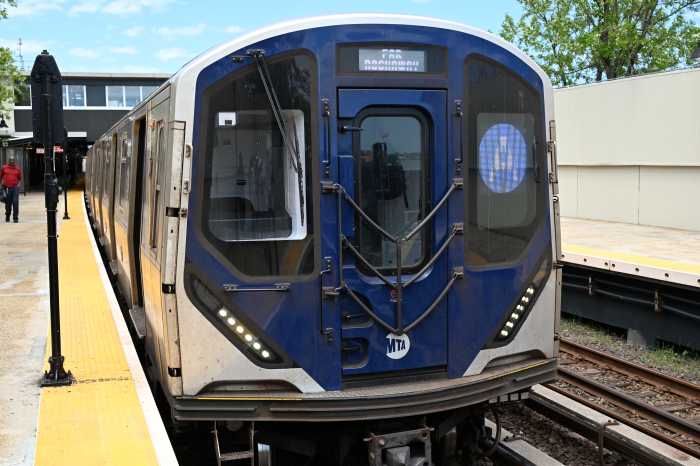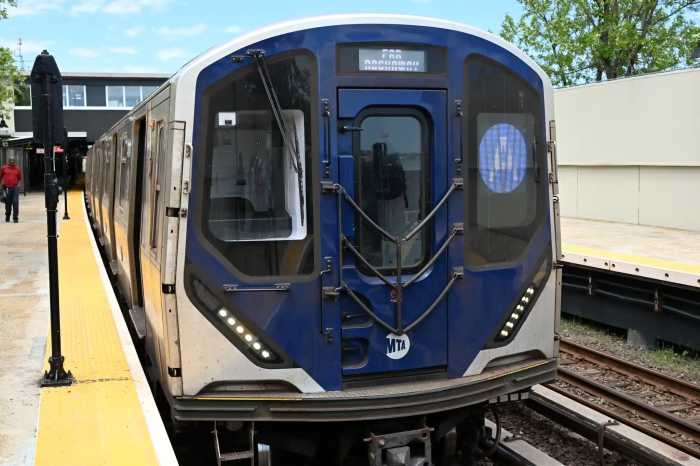The five-week round-the-clock closure of the G train tunnel between Queens and Brooklyn starting Friday night will cause commuting changes for tens of thousands of riders who use the affected stations.
Service at three stations — Greenpoint Avenue in Brooklyn and 21st Street and Court Square in Long Island City — will be suspended starting at 10:30 p.m. and will reopen 5 a.m. Tuesday, Sept. 2. Last year, the MTA closed the stations for 12 nonconsecutive weeks.
Bozena Foszcz, a nanny and student, said she would reroute her commute home from school in Manhattan by taking the G train north up to Greenpoint.
“Shuttle buses are a pain, I never take them,” she said. “In my case, I’m going to walk a little bit more.”
A 50-year-old New York City Transit worker who declined to give his full name, said he will use those buses to replace the G train, which is the last leg of his commute from his Bronx home.
“I expect it to be crowded,” he said.
There will be two shuttle bus routes along Manhattan Avenue to the Nassau Avenue G station and McGuinness Boulevard to the Lorimer Street-Metropolitan Avenue stop that connects to the L train. Riders will also get a free out-of-station transfer between the Broadway station and the Lorimer Street stop on the J and M lines.
“Our riders are really excited about that. They think it’ll be really helpful during the tunnel construction,” said Rebecca Bailin, an organizer with Riders Alliance, a grassroots transit riders group.
Business owners and managers in Long Island City said their Brooklyn employees need accommodations.
Alex Schindler, owner of LIC Market, said he has several employees who finish after midnight and have to get back home to Brooklyn.
“I’m offering to pay for their cabs,” Schindler said. “Without the G, it’ll definitely make it more difficult for them.”
He’s not expecting business to drop because of the other train lines near his restaurant, but said it could affect stores in other parts of the neighborhood, which has become a weekend destination trip for New Yorkers.
“We get a lot of traffic from PS1,” said Jones Murray, 34, a manager Sweetleaf coffee shop in Long Island City. “The traffic they lose affects us.”
But she also expects people who live and work in the neighborhood to maintain foot traffic.
“It does affect a lot of the staff,” she said. “Fortunately, I live in the neighborhood.”
Correction: An earlier version of this story contained an error in the quote from Riders Alliance organizer Rebecca Bailin. It has been corrected.




































